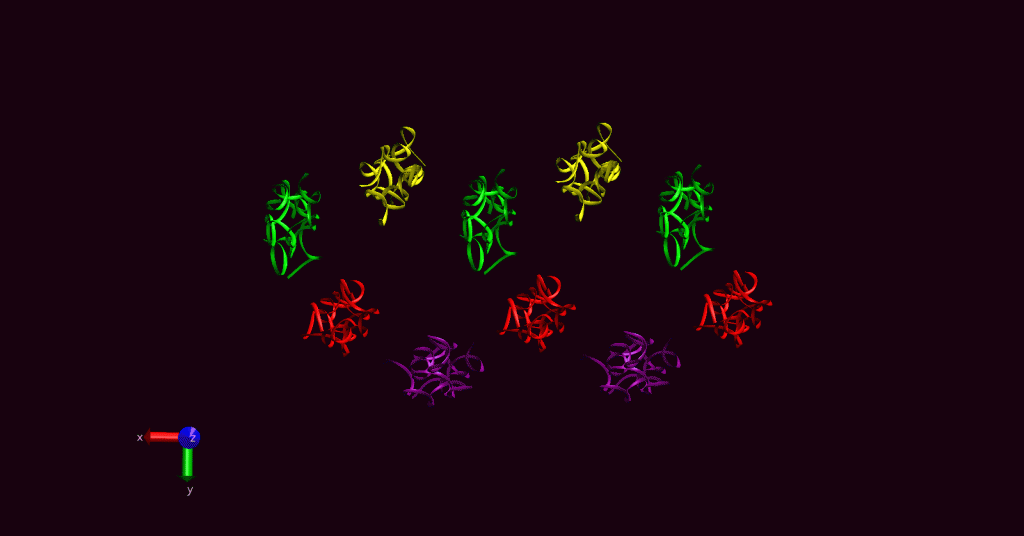We are interested in the fundamental mechanisms of bone biomineralization from the molecular- to the micron-scale. Understanding normal bone mineralization processes may help develop treatments for pathological bone mineralization in bone-related diseases.
Bone is a hierarchical material consisting of the mineral, hydroxyapatite, in a highly ordered structural registry with the insoluble protein, collagen, and associated with other soluble proteins and small molecules . The mineral phase is distinct from inorganically grown or geological apatites. Bone apatite is non-stoichiometric, which are nano-sized with platy morphology and nucleated only in specific zones within the collagen fibrils.
We use classical molecular dynamics (MD) simulation, replica exchange MD simulation, and umbrella sampling to determine the structure and ion-distribution in modeled collagen fibrils. This investigation reveals the atomic-level structure, distribution of the charged amino-acid residues and possible mineral nucleation sites within the collagen. We are also investigating the effects of small, soluble peptides on controlling the morphology of the apaptite nanocrystals. These results should help us understand the relation of the collagen or soluble protein structure with their function in apatite nucleation and growth.

Pseudohexagonal packing of collagen molecules in a fibril – viewed from equatorial dimension